‘The Black woman endures a gravity unlike any other’: Pharrell Williams explores diverse interpretations of femininity in Paris
Pharrell Williams returns to Perrotin gallery in Paris with a new group show which serves as an homage to Black women
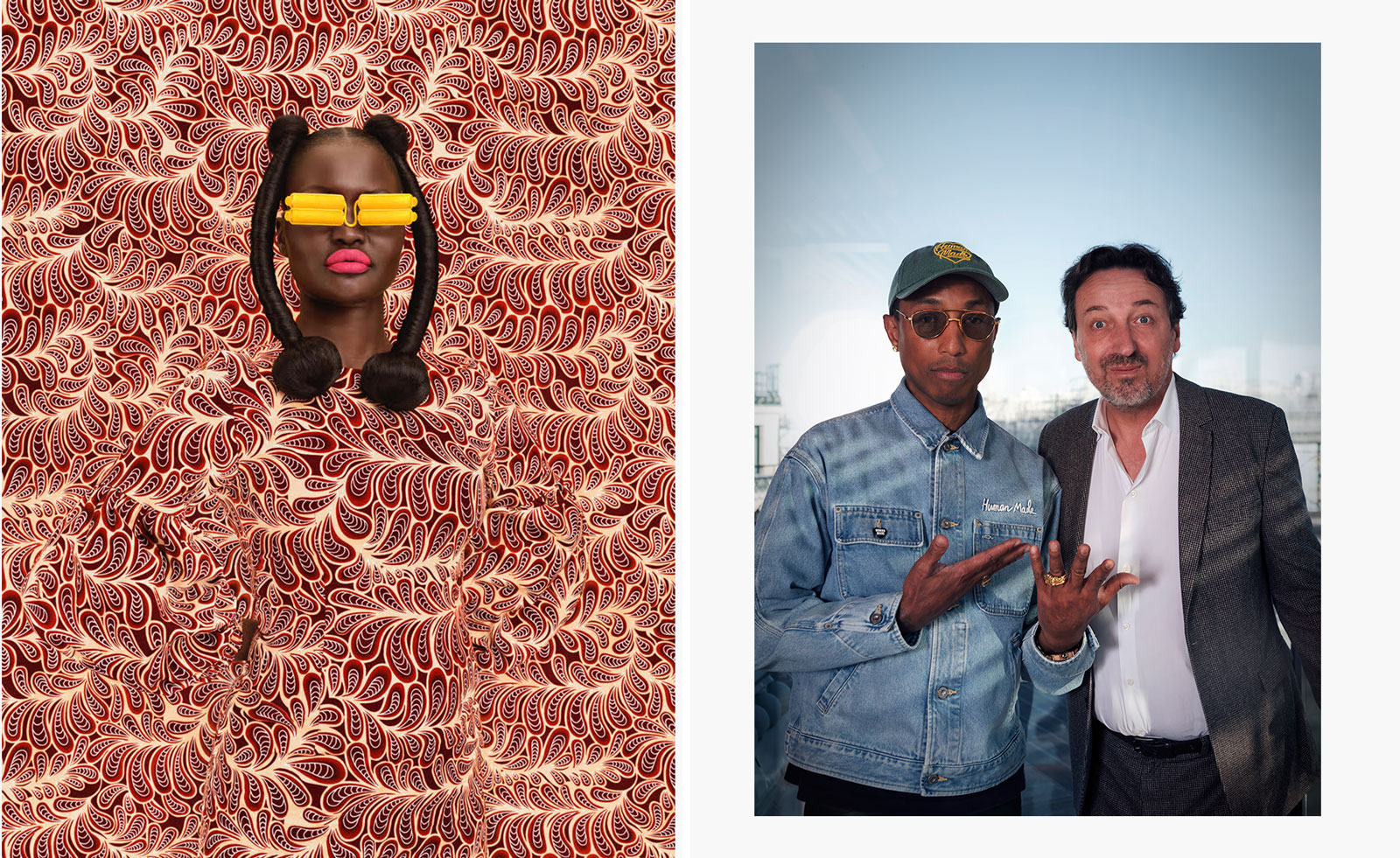
In 2014, the Perrotin gallery in Paris presented a group show, ‘GIRL’, curated by Pharrell Williams and named after an album he released a few months prior. Now, the gallery is revisiting the experience with the show 'Femmes', once again curated by Pharrell and exploring diverse interpretations of femininity. It features artwork in various media (much of it new) by 39 international artists, nearly all of them Black, representing different genders and generations. On the roster are pioneers such as 98-year-old Betye Saar and 89-year-old Esther Mahlangu, up-and-comers such as Kenyan photographer Thandiwe Muriu and British-Ghanaian-Vincentian painter Emma Prempeh, and art world darlings Mickalene Thomas (currently showing at London's Hayward Gallery) and Prince Gyasi – who, like Pharrell, has synesthesia (overlapping senses).
Wallpaper* had an exclusive conversation with the multi-talented American polymath and the French contemporary gallerist, Emmanuel Perrotin, about this latest collaboration.
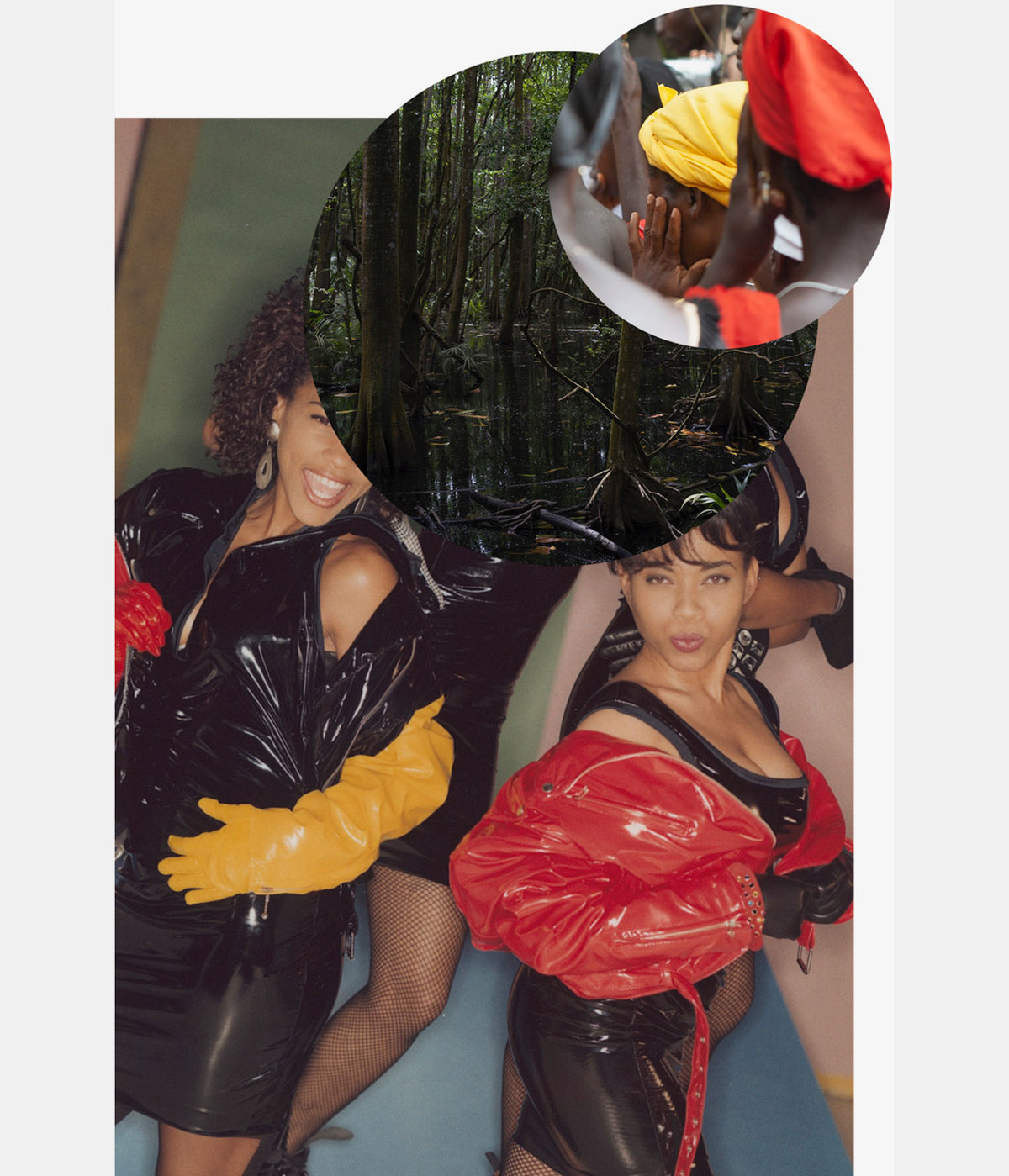
Todd Gray, Conjure Women (Hollywood/Akwidaa), 2025
Wallpaper*: How did you choose the artists for this show?
Emmanuel Perrotin: They were chosen after several brainstormings and back-and-forths between Pharrell and my team. Their works explore themes such as the body, fashion, motherhood, activism, queerness and spirituality, and challenge the stereotypes historically imposed on femininity. For sure, it was complicated to have all the artists we wanted, because as you can imagine there’s a lot of politics. Some artists were frustrated not to be able to participate, because their galleries didn’t want them to. But we have a large group, and a very good group.
W*: Why did you decide to feature predominantly Black artists?
Pharrell Williams: When we considered doing the show again, we remembered how much impact it had, and how I was able to leverage my platform. To give volume and visibility to female artists, how powerful it felt. And as you consider everything that's going on right now, how much more impactful it could be if we were to do this one even a little more focused than before. To be an homage to Black women. The truth is that women endure a gravity that most people will never understand. We wouldn't be here if it weren’t for women. On a philosophical level, you could say that the Black woman endures a gravity unlike any other. I wouldn't be here if it wasn't for a Black woman. And if that makes anybody feel uncomfortable, that means that they have work to do in their lives.
‘The truth is that women endure a gravity that most people will never understand. We wouldn't be here if it weren’t for women. On a philosophical level, you could say that the Black woman endures a gravity unlike any other’
Pharrell Williams
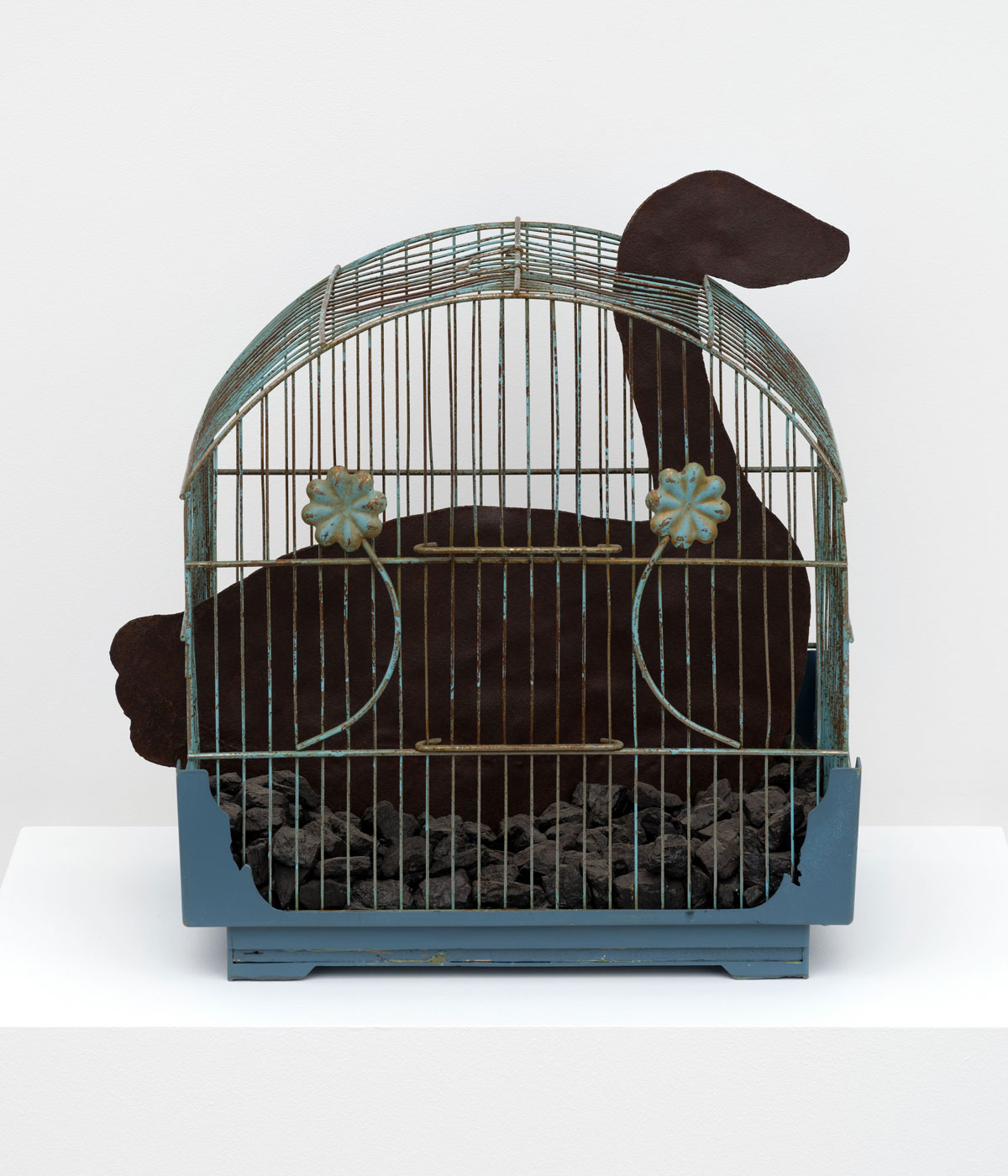
Betye Saar, Illusion of Freedom, 2009
W*: Can you tell me how the two of you first met?
Receive our daily digest of inspiration, escapism and design stories from around the world direct to your inbox.
PW: It was 2007. I was going through a very tough time. And [luxury brand director] Sabina Belli, who is a friend, knew I lived in Miami, and she said there's a gallerist that you should meet, Emmanuel Perrotin. So we were at a pool party, which is a crazy place to ask a gallerist to meet you, and he showed up and he was so nice.
EP: There were all these crazy sports cars parked in front of the house, and an incredible ambiance. Pharrell was interested in looking at the catalogues I brought, at contemporary art, and immediately something fit. Soon after, we worked together on a design project, a chair.
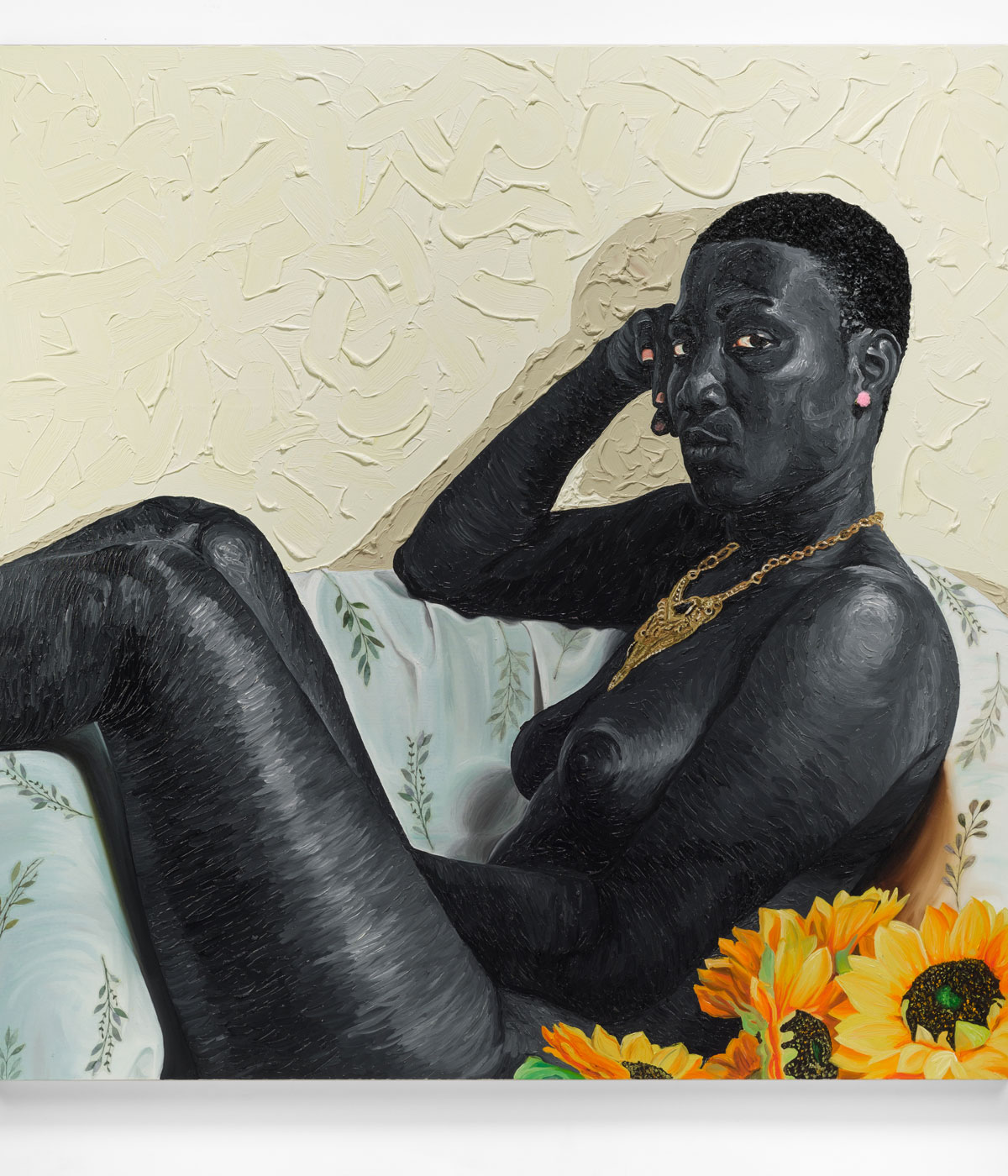
Otis Kwame Kye Quaicoe, Sun Flower, 2022
W*: How did you recognise this potential in him, to design a chair?
EP: Even before we met, I had gone into the boutiques of Billionaire Boys Club [a clothing brand co-founded by Pharrell in 2003], and I found out he did the store design, which was very sophisticated.
PW: Working with Emmanuel made me see my worth that I didn’t see in myself, even as a musician. When I played him the ‘Happy’ record, and ‘Get Lucky’ – this is before any of it had popped off – he was like, everything’s going to change for you. He has the ability to recognise things that will light fires and have a cultural impact.
W*: Emmanuel, what does Pharrell bring to the job of curator that's different from a classic curator?
EP: It's very interesting, because he has a very open mind to the art world. There isn’t this question – is an artist already too famous, or not famous enough. When we are in the art world we submit to a lot of pressure, deciding to consider someone as a serious artist. Many people in the arts are snobbish, and some artists are overlooked in the beginning. We organised this show with a lot of freedom. And yes, [Pharrell’s] list surprised me. It [features] a lot of artists I had no idea existed. And that's why we take curators, to discover things. To open the prism. It’s very interesting.
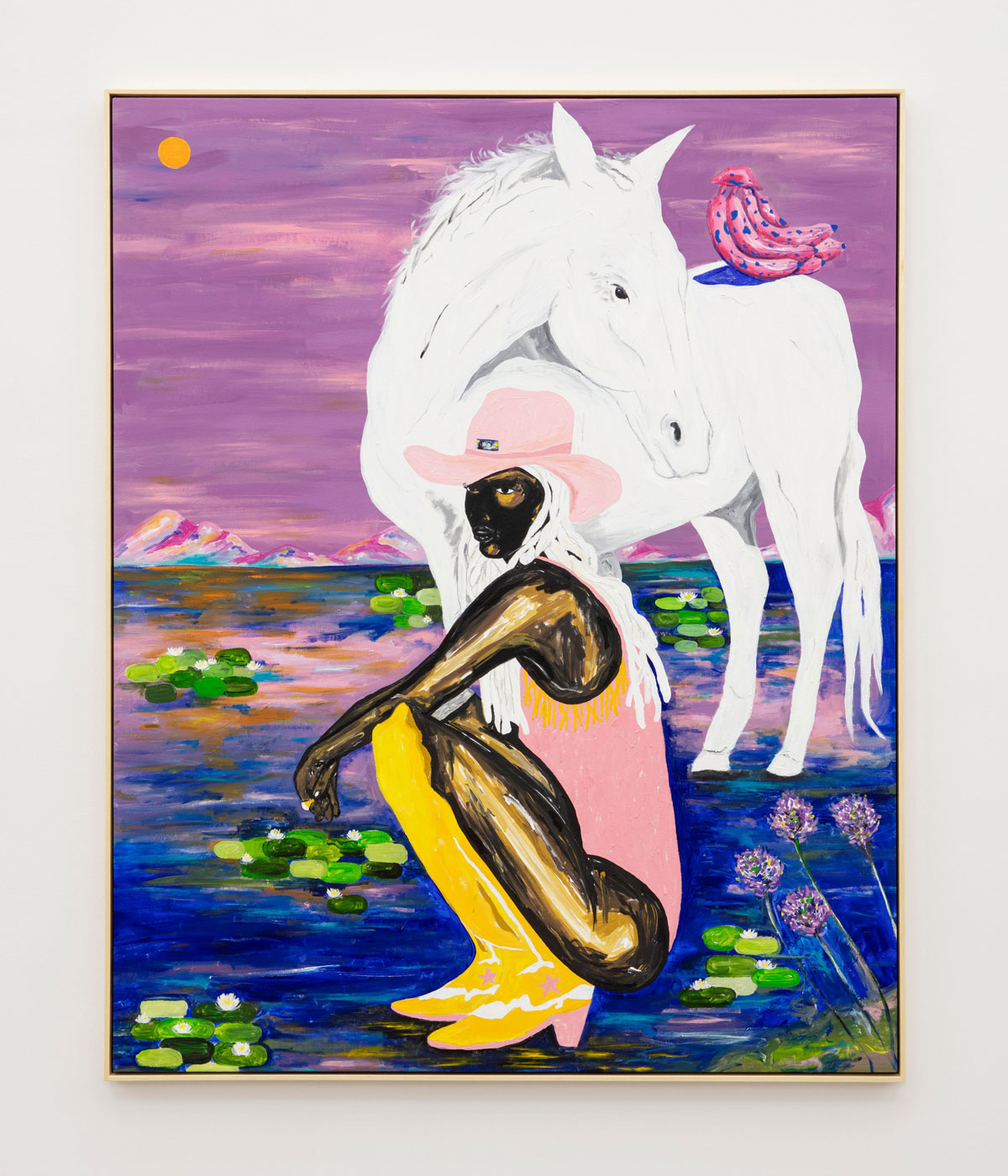
Zéh Palito, The Starry Night at Lake Montebello, 2024
W*: Pharrell, what’s your arts background?
PW: My taste for art was acquired. It's taken a moment to get there, and I've learned from different people. Obviously, a lot from Emmanuel. I consider myself privileged to be able to afford various types of art, from street to world-renowned artists. But what I think about the most when it comes to all of this is how talented these people are, and how lucky we are to at least just put our eyes on the works, let alone own any of them.
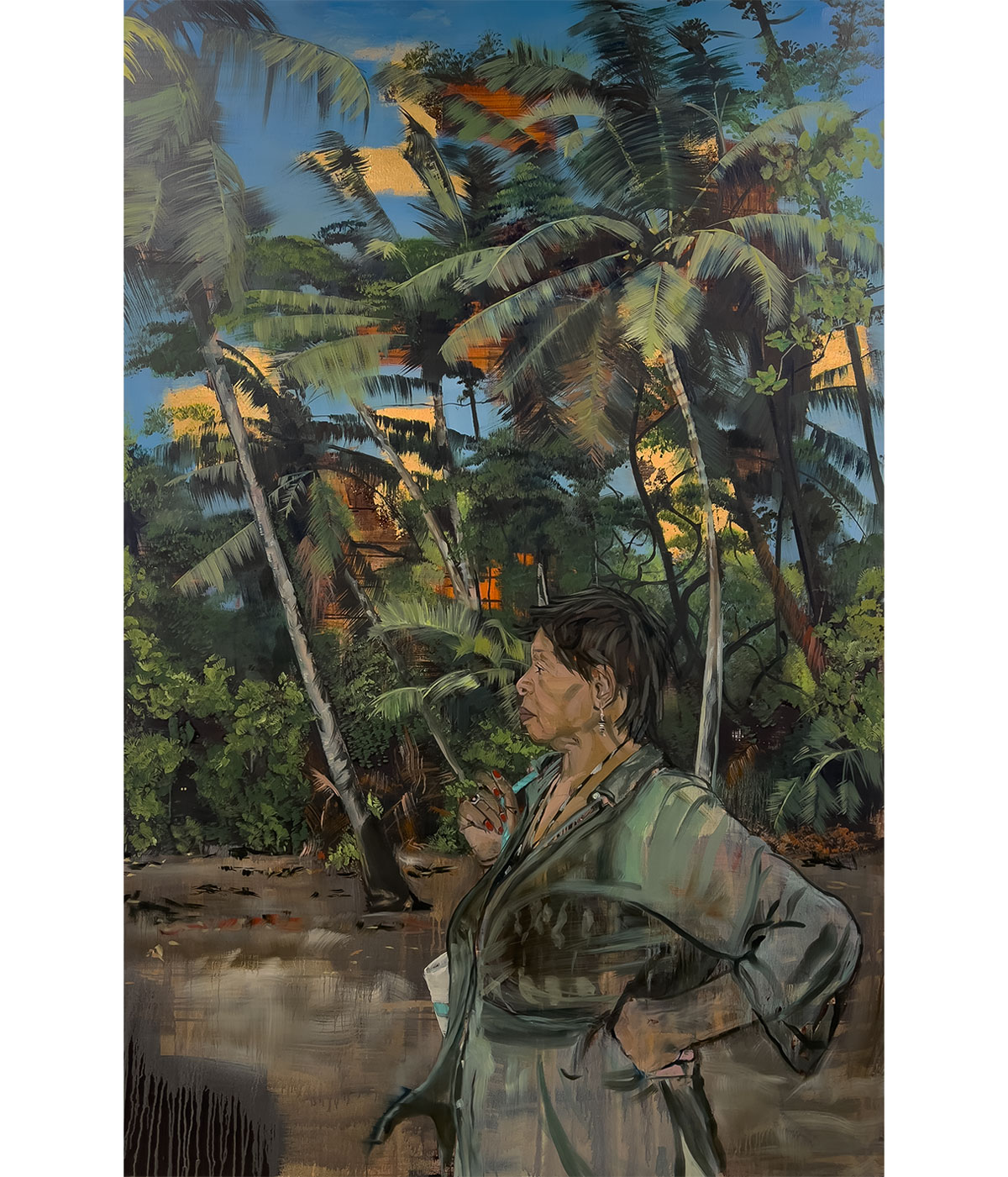
Emma Prempeh, Finally I'm Home, 2025. Courtesy of the artist and Tiwani Contemporary
W*: Has your job as creative director at Louis Vuitton menswear changed your perspective in other areas?
PW: Oh, man. I've learned so much. It's not a job, it's like an artist’s residency. It's been fantastic. It's changed my process and the way that I work with a lot of things.
W*: And life in France?
PW: France is the centre of the planet for me right now. It's my headquarters and where I'm focused.
W*: Emmanuel, has Pharrell changed your way of looking at art?
EP: I admire Pharrell for his multifaceted creativity, his incredible talent, his dedication to family and his generosity as a friend. We’ve done a lot of things together. I know many famous people, but few I consider as friends. This relationship is pretty incredible. You ask if he’s changed my way of looking of art – in fact, he’s changed my way of looking at life.
The included artists for 'Femmes' are Nina Chanel ABNEY, Mequitta AHUJA, Kenia ALMARAZ MURILLO, Malala ANDRIALAVIDRAZANA, Jess ATIENO, Seyni Awa CAMARA, Gaëlle CHOISNE, Joana CHOUMALI, Theresa CHROMATI, Kenturah DAVIS, Alex GARDNER, Todd GRAY, Prince GYASI, Leslie HEWITT, Reggie Burrows HODGES, Lauren KELLEY, Kapwani KIWANGA, Glenn LIGON, Naomi LULENDO, Esther MAHLANGU, Georgina MAXIM, Gabriel MOSES, Zanele MUHOLI, Thandiwe MURIU, Zéh PALITO, Emma PREMPEH, Robert PRUITT, Otis Kwame Kye QUAICO, Betye SAAR, Cinga SAMSON, Tschabalala SELF, Kathia ST HILAIRE, Tavares STRACHAN, Henry TAYLOR, Mickalene THOMAS, Chiffon THOMAS, Eden TINTO COLLINS, Carrie Mae WEEMS, Kennedy YANKO
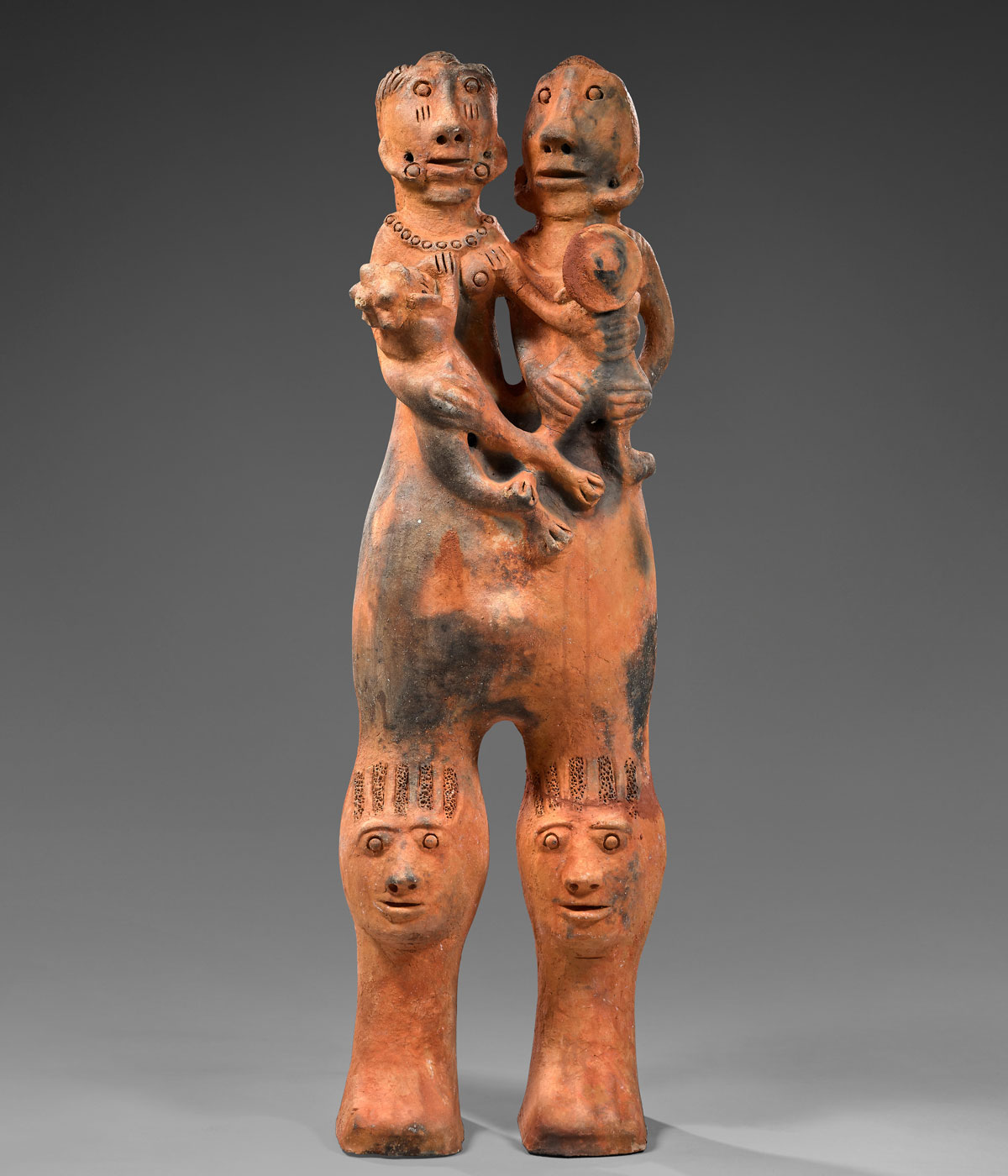
Seyni Awa Camara, Sans titre, 2023
Amy Serafin, Wallpaper’s Paris editor, has 20 years of experience as a journalist and editor in print, online, television, and radio. She is editor in chief of Impact Journalism Day, and Solutions & Co, and former editor in chief of Where Paris. She has covered culture and the arts for The New York Times and National Public Radio, business and technology for Fortune and SmartPlanet, art, architecture and design for Wallpaper*, food and fashion for the Associated Press, and has also written about humanitarian issues for international organisations.
-
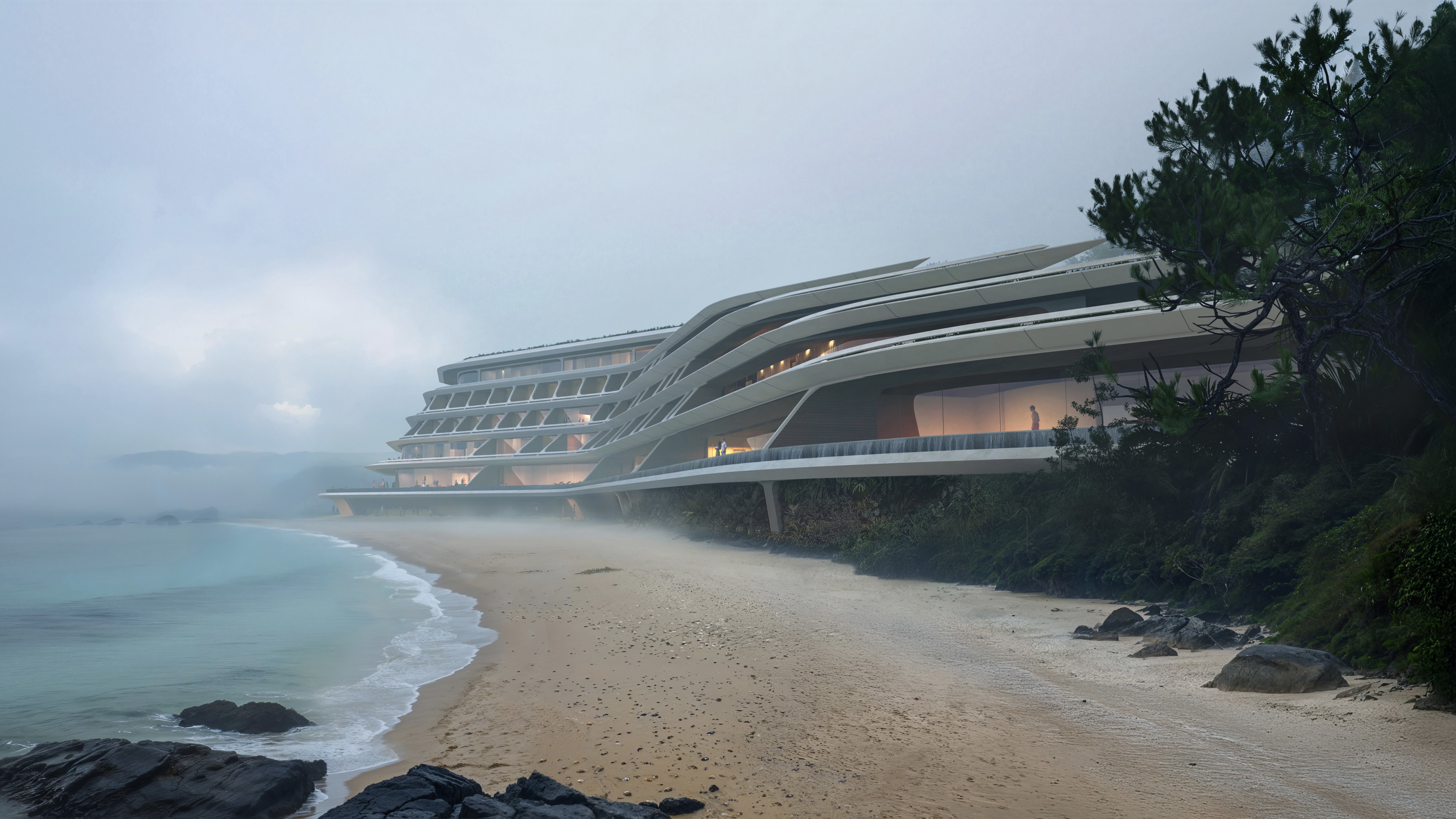 Curvilinear futurism meets subtropical beaches at Not A Hotel’s ZHA-designed Okinawa retreat
Curvilinear futurism meets subtropical beaches at Not A Hotel’s ZHA-designed Okinawa retreatZaha Hadid Architects has revealed the design for the first property in Not A Hotel’s futuristic new Vertex collection, coming soon to southern Japan
-
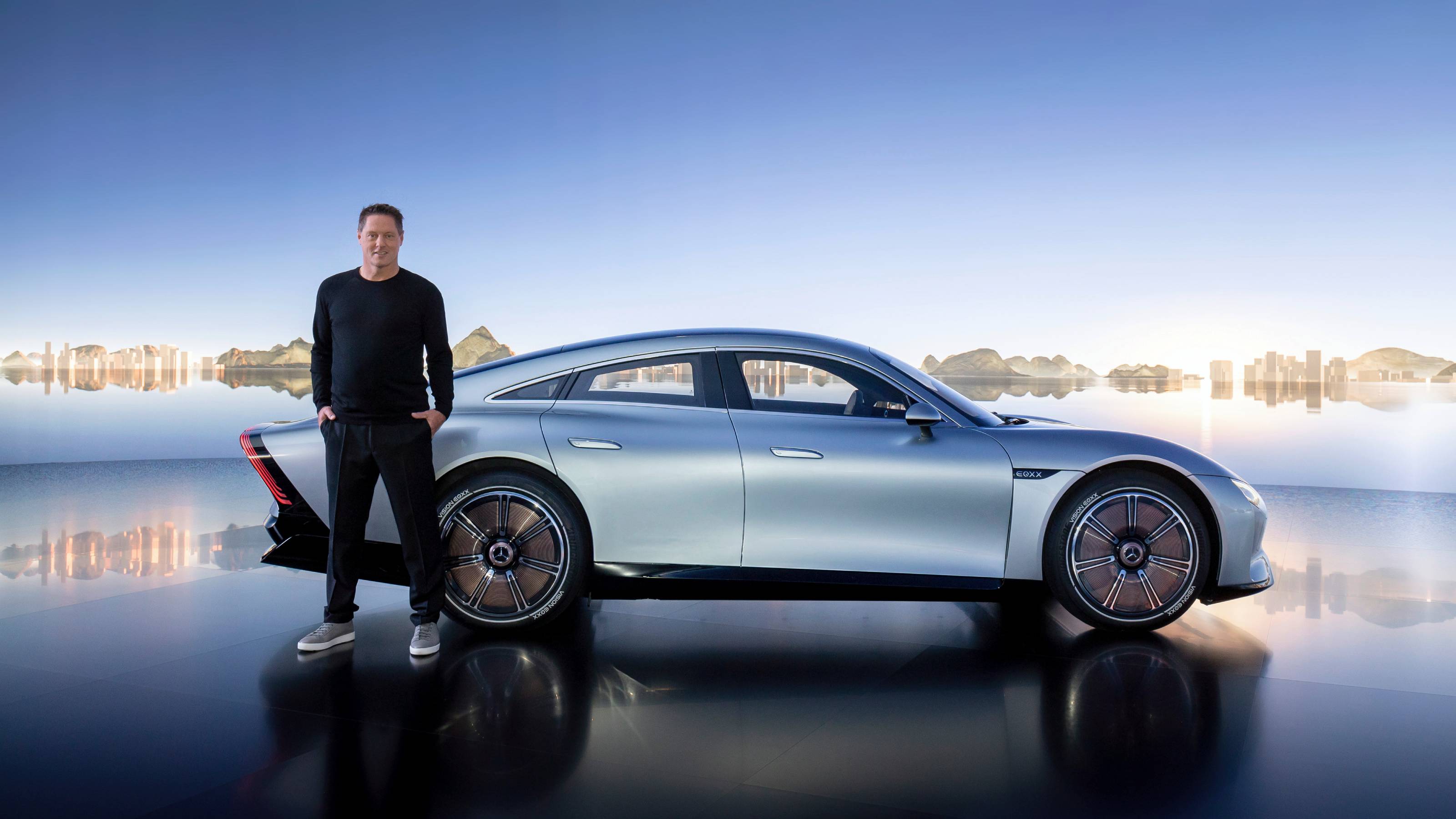 Gorden Wagener leaves the helm of Mercedes-Benz design after 28 years with the company
Gorden Wagener leaves the helm of Mercedes-Benz design after 28 years with the companyThe German designer is stepping down from the role of chief design officer at Mercedes-Benz. We look back at his influence and impact on the world of automotive and luxury design
-
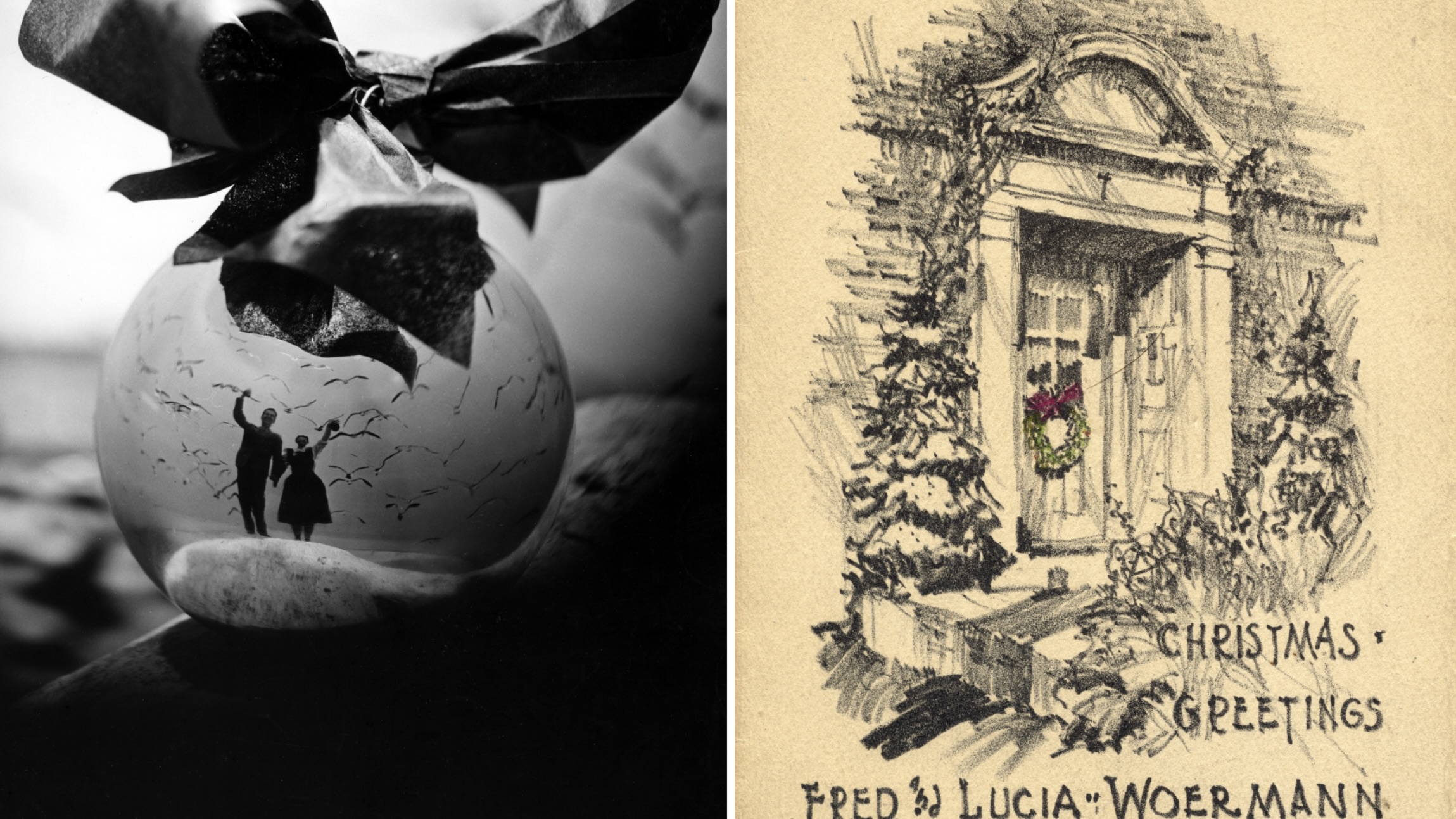 These Christmas cards sent by 20th-century architects tell their own stories
These Christmas cards sent by 20th-century architects tell their own storiesHandcrafted holiday greetings reveal the personal side of architecture and design legends such as Charles and Ray Eames, Frank Lloyd Wright and Ludwig Mies van der Rohe
-
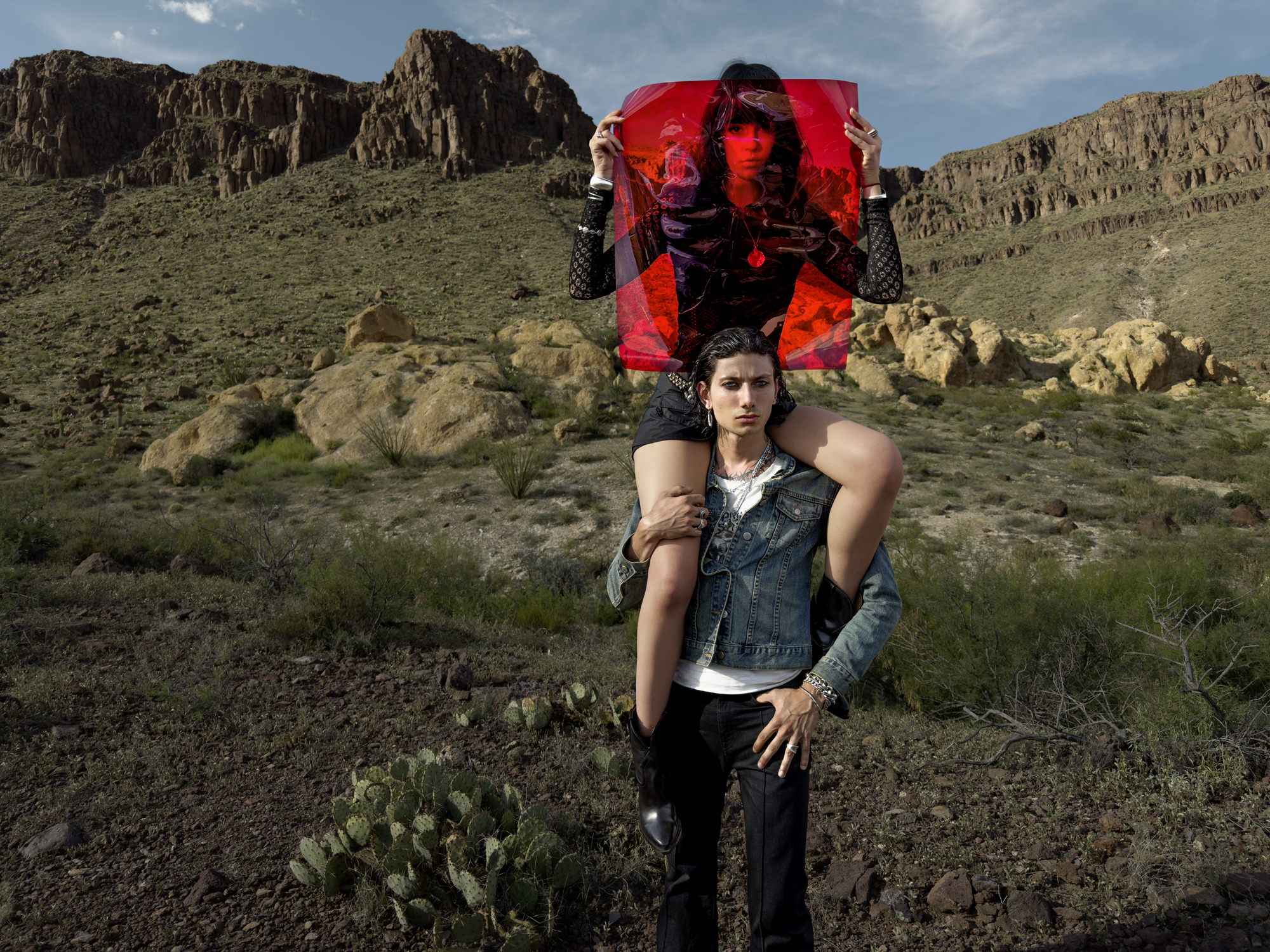 Inez & Vinoodh unveil romantic new photography series in Paris
Inez & Vinoodh unveil romantic new photography series in ParisA series of portraits of couple Charles Matadin and Natalie Brumley, created using an iPhone in Marfa, Texas, goes on show in Paris
-
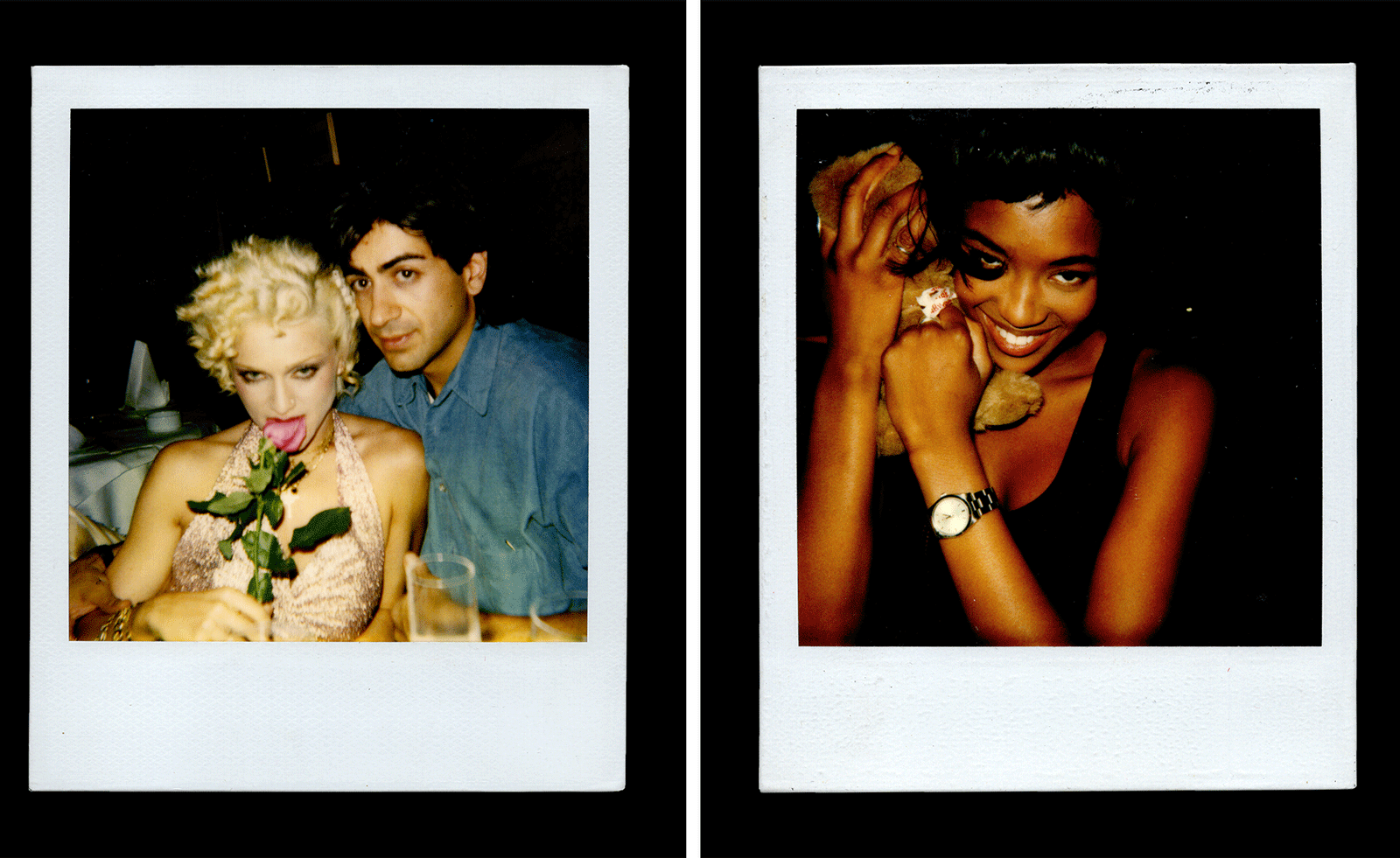 Inside Davé, Polaroids from a little-known Paris hotspot where the A-list played
Inside Davé, Polaroids from a little-known Paris hotspot where the A-list playedChinese restaurant Davé drew in A-list celebrities for three decades. What happened behind closed doors? A new book of Polaroids looks back
-
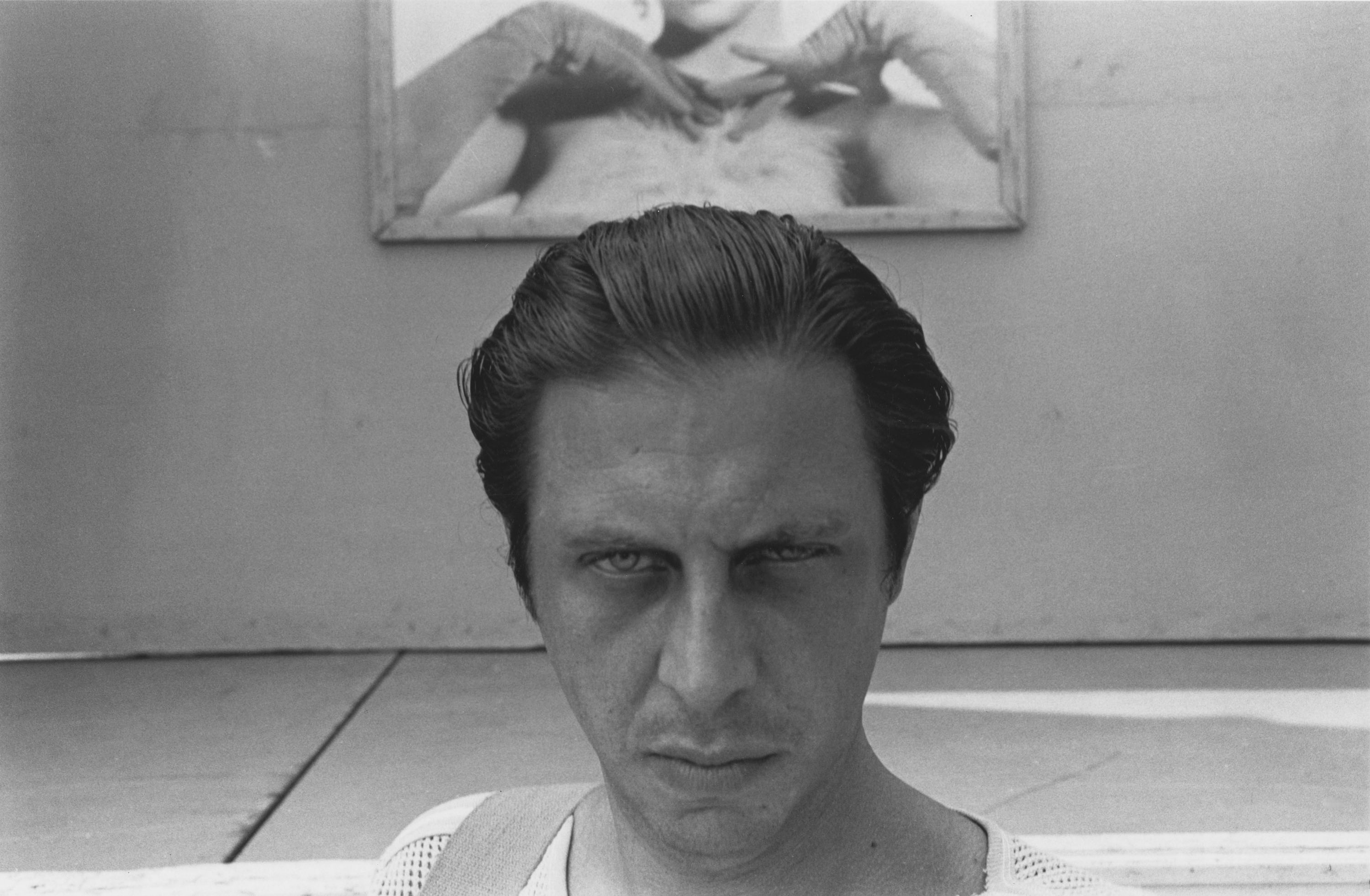 All eyes on Paris Photo 2025 – focus on our highlights
All eyes on Paris Photo 2025 – focus on our highlightsThe world's most important international photography fair brings together iconic and emerging names, galleries large and small – and there’s much to covet
-
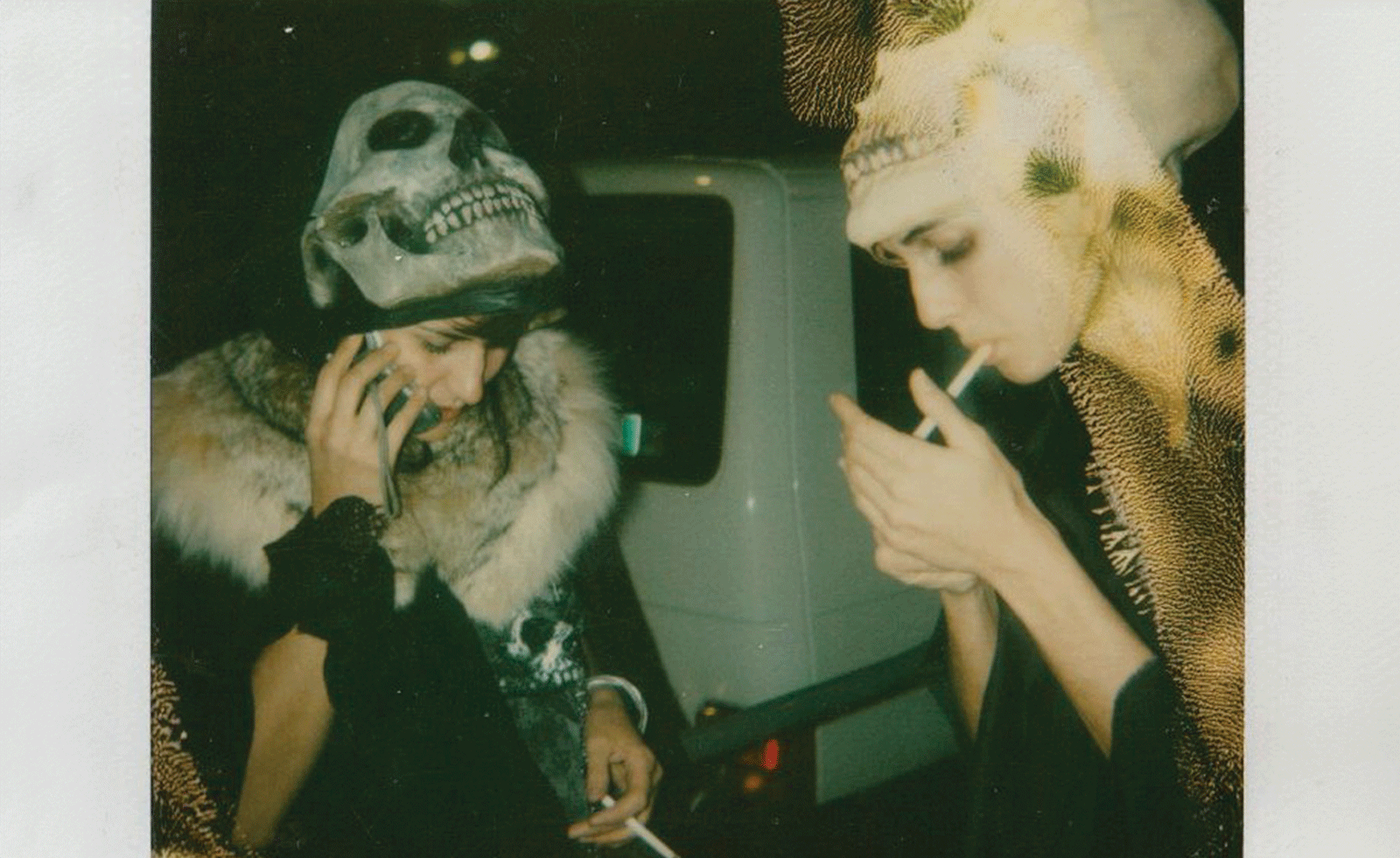 Ten things to see and do at Art Basel Paris 2025
Ten things to see and do at Art Basel Paris 2025Art Basel Paris takes over the city from 24-26 October. Here are the highlights, from Elmgreen & Dragset to Barbara Kruger and Dash Snow
-
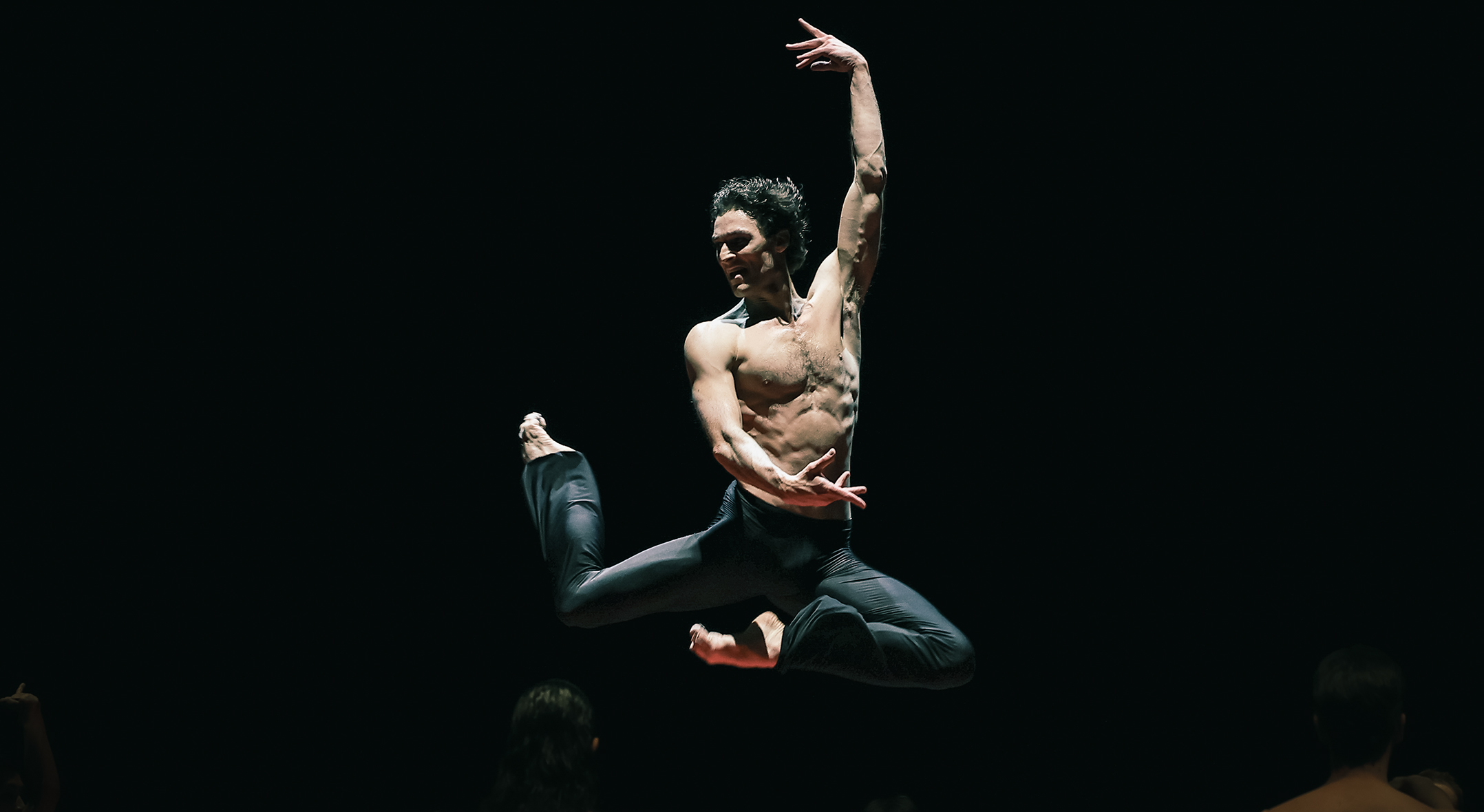 Paris Ballet etoiles Hugo Marchand and Hannah O’Neill to perform at Paradise Art Night during Frieze Seoul 2025
Paris Ballet etoiles Hugo Marchand and Hannah O’Neill to perform at Paradise Art Night during Frieze Seoul 2025A dazzling fusion of dance and contemporary culture awaits as Paris Opera Ballet étoiles join forces with Paradise Art Night during Seoul’s biggest art week.
-
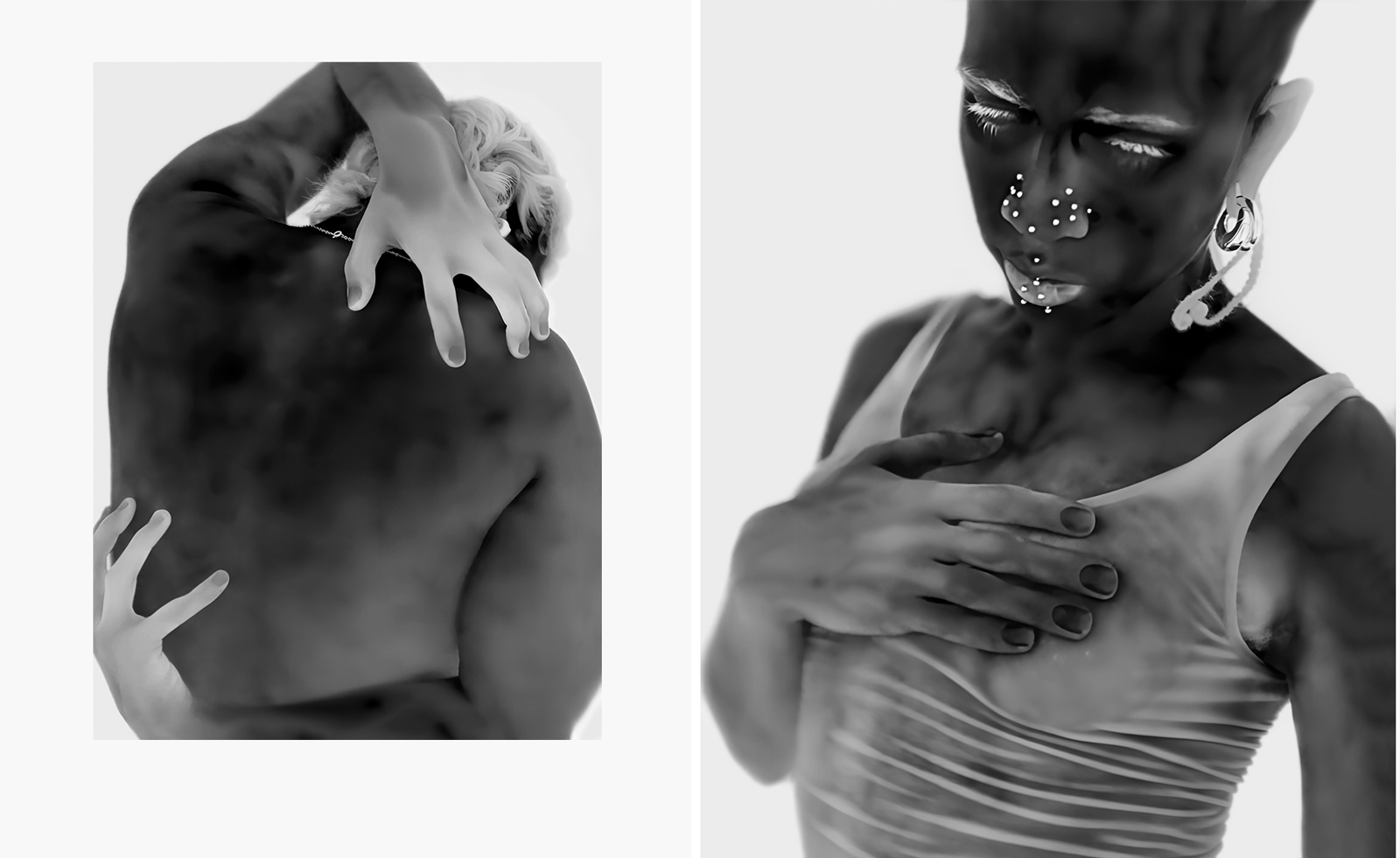 Yulia Mahr digs beneath the skin in her modern update of classic Greek statues in Paris
Yulia Mahr digs beneath the skin in her modern update of classic Greek statues in ParisIn 'The Church of Our Becoming', on view at the Courtyard at Dover Street Market Paris, Yulia Mahr celebrates real human bodies
-
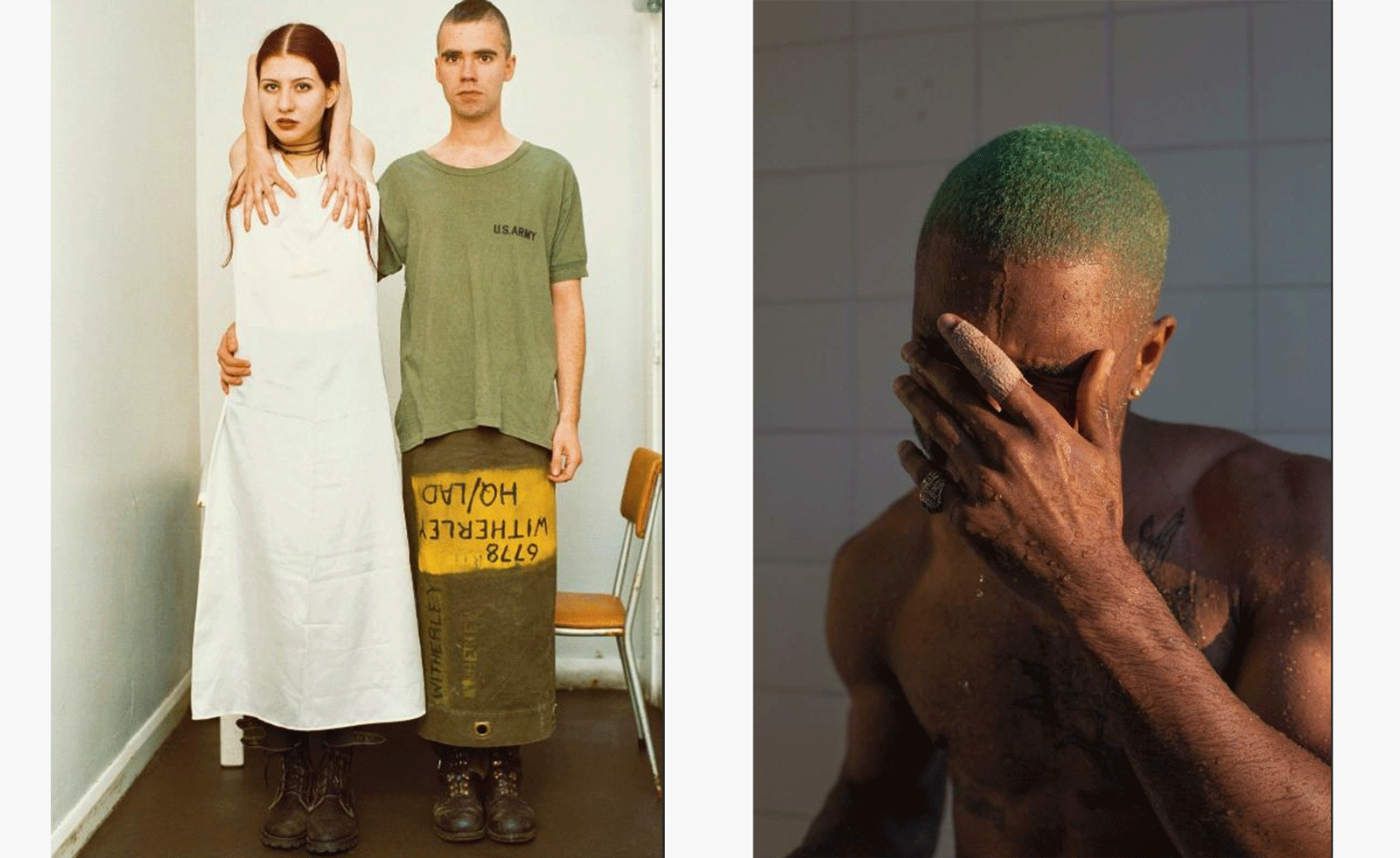 Wolfgang Tillmans brings a performative edge to bibliophilia at the Centre Pompidou’s library
Wolfgang Tillmans brings a performative edge to bibliophilia at the Centre Pompidou’s libraryAs the Centre Pompidou’s library is emptied ahead of the venue’s five-year restoration, the German photographer moves in for a final fling of a Paris exhibition
-
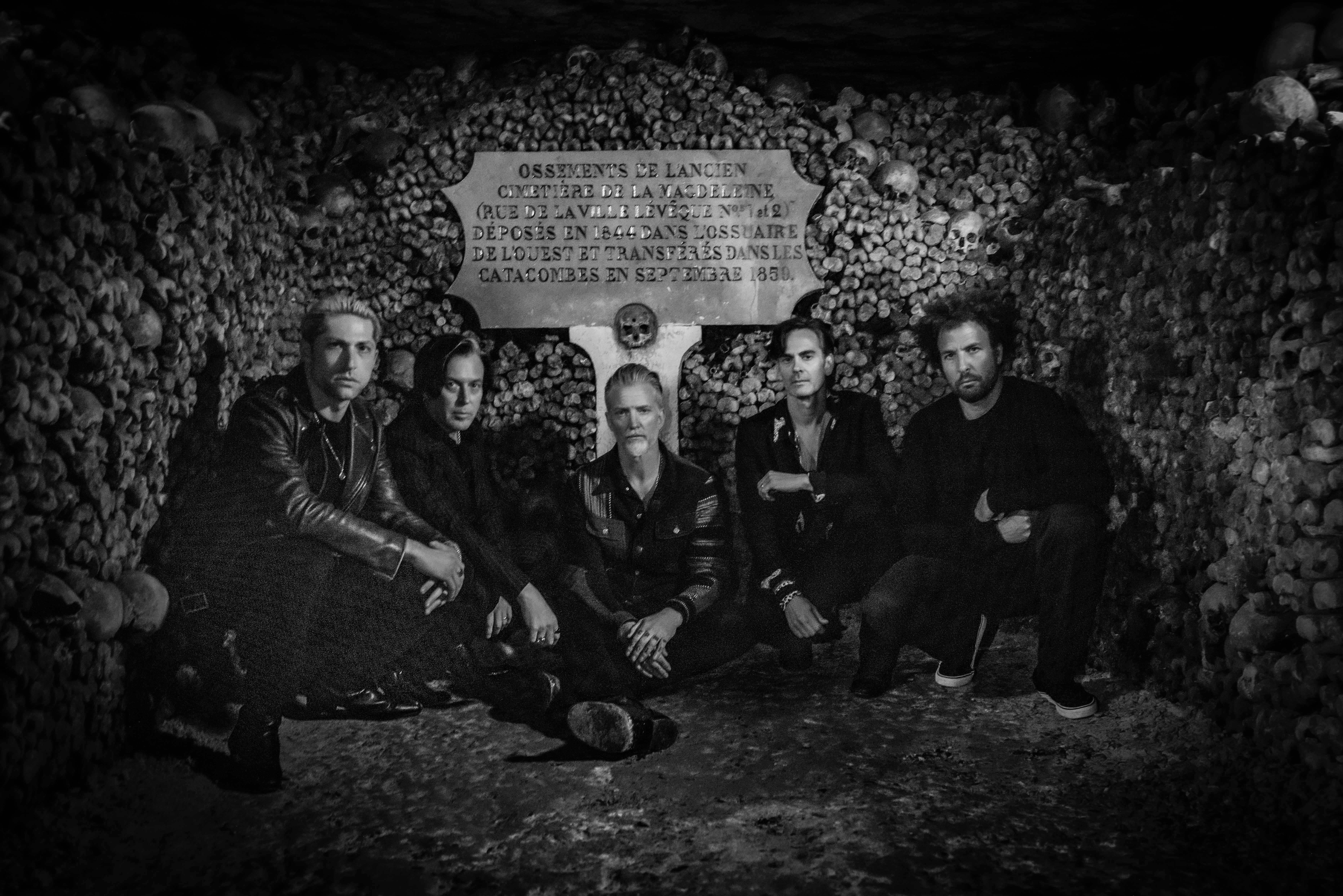 A song for the dead – Josh Homme on performing for six million souls in the bowels of the Paris Catacombs
A song for the dead – Josh Homme on performing for six million souls in the bowels of the Paris CatacombsA rock band, a brush with death and an underground tomb coalesce in haunting new Queens of the Stone Age film, ‘Alive in the Catacombs’. Wallpaper* meets frontman Josh Homme and director Thomas Rames